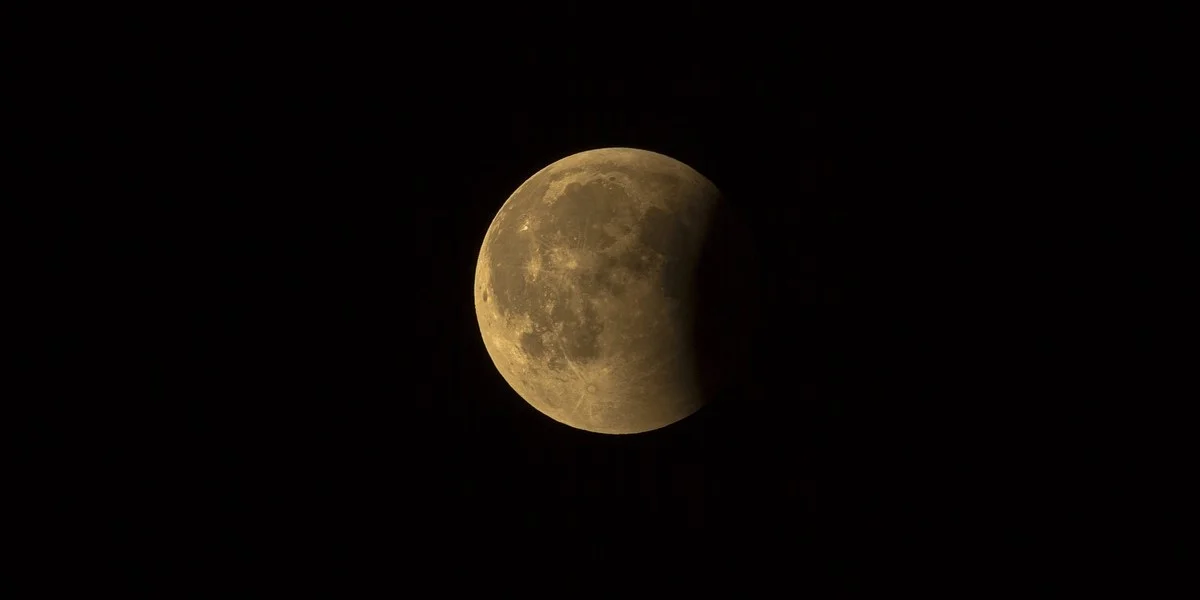China’s Chang’e-6 probe successfully lands on the moon's far side

State-run media reported that a Chinese unmanned spacecraft landed on the Moon's far side on Sunday. This marks the world's first mission to retrieve samples from this seldom-explored area.
The Chang'e-6 spacecraft was launched on May 3 by a Long March-5 rocket from the Wenchang Space Launch Site in Hainan, according to Xinhua. The mission will gather rock and soil samples from the lunar far side, which faces away from Earth.
The China National Space Administration (CNSA) announced that the Chang’e-6 lander made a soft landing at 6:23 p.m. Eastern on June 1 (2223 UTC). It landed in the Apollo Basin, an impact crater within the expansive 2,500-kilometer South Pole-Aitken Basin, as reported by Xinhua. Prior to landing, it had orbited the Moon for about 20 days as part of a larger mission consisting of an orbiter, a lander, an ascender, and a re-entry module.
The spacecraft will spend two days on the moon's far side and 14 hours collecting lunar soil samples, according to Xinhua. The ascent vehicle will then return to lunar orbit, dock with the orbiter, and transfer the samples to a re-entry capsule, based on information from the CNSA.
The orbiter and re-entry capsule will then separate and return to Earth, where the capsule is slated to land later this month at the Siziwang Banner Landing Site in rural Inner Mongolia.
In January 2019, China's Chang'e-4 accomplished the first soft landing by a spacecraft on the far side of the Moon, successfully returning photographs.
The Chang'e-5 space spacecraft returned to Earth with lunar soil samples in December 2020, marking the first time in 44 years.
China hopes to establish a lunar research station by 2035 and conduct a manned lunar landing by 2030.
